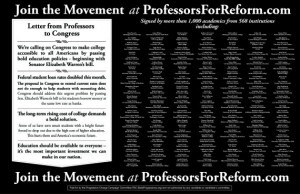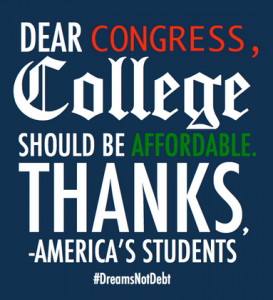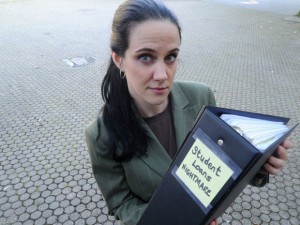Jim Sinclair, President, B.C. Federation of Labour, May 10, 2013 — It is perhaps one of the more twisted ironies of this election that Premier Christy Clark and the B.C. Liberals are running on their record of job creation, a record they would probably be smarter to run away from.
Their much touted B.C. Jobs Plan has been discredited by the facts — more than 30,000 jobs have been lost since its inception. The latest figures show that B.C. lost 15,000 full-time jobs in March, setting off the largest rise in Canada. What to do when the facts don’t add up? Answer: buy ads.
While the last provincial budget cut money from programs that train workers, the Liberals could find $16 million of taxpayers’ money to try and sell us on the failed jobs plan.
But perhaps the most blatant example of the betrayal by this government on the critical issue of jobs has been its role in promoting the use of temporary foreign workers in British Columbia. Today, our province is breaking Canadian records for growth in the use of foreign workers — more than 74,000 — while at the same time more than 200,000 British Columbians are struggling to find a job and thousands cannot get the training they need.
The most high-profile case in this long, sorry story has been the HD Mining proposal to bring more than 200 miners from China to work in Northern B.C. During her trip to China, Clark announced that the B.C. Jobs Plan was working because the company was investing in the province. Nothing, it turns out, could be farther from the truth.
The facts are well known. The company claimed they could not find one single British Columbian to work at the mine. Not only that, the company claimed it would be four years before a single Canadian would be hired — and 14 years before Canadians would fully run the mine.
Yet more than 70 of the temporary work permits were granted for “low skill” workers. More than 300 Canadians applied, some with years of experience, and not one was hired. In China, HD Mining has a three-month training program for miners.
The more the facts came out, the more the people of B.C. knew something was rotten.
But the smell did not reach Victoria. Did the Liberal government stand up for jobs in our province? Absolutely not. Court documents — available thanks to construction unions spending hundreds of thousands of dollars standing up for us — show clearly that the government secretly supported the plan to bring in the workers. They even went so far as to pressure federal government officials “on a daily basis” to open doors as soon as possible.
They were successful. Within weeks, the company got the permits and British Columbians lost the jobs.
Was this an isolated event? Not in the least. According to briefing notes obtained under the Freedom of Information Act, for three years the government held information sessions “for mining companies, concerning labour-market opinion and work-permit processes.”
The truth is that rather than training British Columbians to take the jobs and support their families, the government was training employers to bring in foreign workers to take those jobs.
In their glossy election platform document the Liberals proclaim that “creating jobs is the best thing we can do to protect a brighter future for B.C. families.” British Columbians would be right to ask — jobs for whom? Which families?
We are at the crossroads in British Columbia. The road to prosperity is not allowing companies to bring in temporary foreign workers in record numbers while we starve training programs for British Columbians.
Completion rates for apprenticeships have dropped to 37 per cent, the lowest in decades. Apprenticeship offices were boarded up around the province at a time when need was the greatest.
We need a government that will put British Columbians first, that will work with business and labour together to ensure the benefits of our economic development finds its way into the pockets of British Columbians who spend the money supporting local businesses and communities.
The choice is clear. On May 14, vote for change to ensure that our kids have a chance to proper training, decent jobs and to live in a province were the needs of all British Columbians come first.


 Follow
Follow



